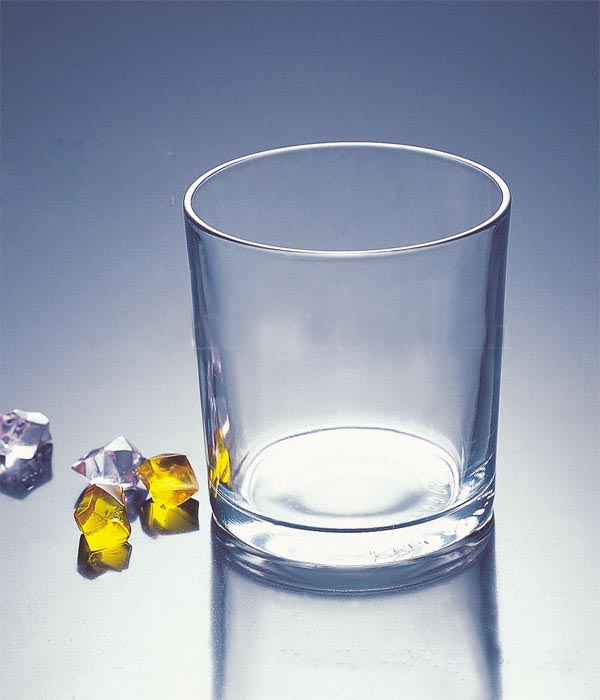Thankyou. I found the "diffuse" thing difficult to grasp and couldn't figure out why that if both "specular" and "diffuse" reflect off the surface, why diffuse would also be changing the colour. When you talk about "diffuse" being sub-surface scattering, in that the rays actually enter the surface and then re-emit, that explains why the ray would change colour.
So is it correct to say that theres
Specular Reflection - Ray reflects off surface striked, and is exactly the same as it was before it struck, as it is after, only in a different direction. Such as a mirror
Sub-surface-scattering - Ray strikes the surface, but enters it, and reflects multiple times beneath, changing colour with each bounce before finally re-emiting in some direction that could be direction in the hemisphere above the surface. (why do you say roughly in the direction of the normal?) such as skin or was
Transmitance - Where the ray passes through a material with no affect as to its direction or colour. Such as glass
Refraction - Where the ray follows the same approach as Transmitance, only that the direction changes or is bent. such as water
Im still confused as to the situation, (which I believe is all situations), when more than one of these properties applies to some surface. Take for example a glass cup.

You can see refraction, transmitance, and reflection here. But its not 100% of one. So how does that work? What does a surface that is slightly reflective mean?
Whats happens when a ray stikes a surface that is partially reflective, as opposed to a ray that strikes a surface that is 100% reflective? The answer I come up with is that there is more of some other process. so. Keeping things simple
A surface that is 50% reflective, would perform a lot of sub surface scattering, changeing the ray colour a fair bit.
A surface that is 90% reflective, would peform a small amount of sub surfacing scattering, changeing the ray colour only slightly.
But how can a surface perform less or more SSS? surely the amount of bounces is purely random, and how quick the ray re-emits from the surface depends on the random factor that it manages to bounce of a sub surface that points back out?
Couldnt there be the chance that some 2 rays that strike a surface where SSS takes place. And where the first ray happens to emit striaght back out due to it striking a sub surface that points back out. Where the second ray could be highly "unlucky" and be bouncing around by some factor more, becuase it keeps striking sub surfaces that dont point back out.
Or am i thinking into this way too much? :P
I think I understand each process. I just am having trouble understanding when a surface property represents more than one process, such as above





